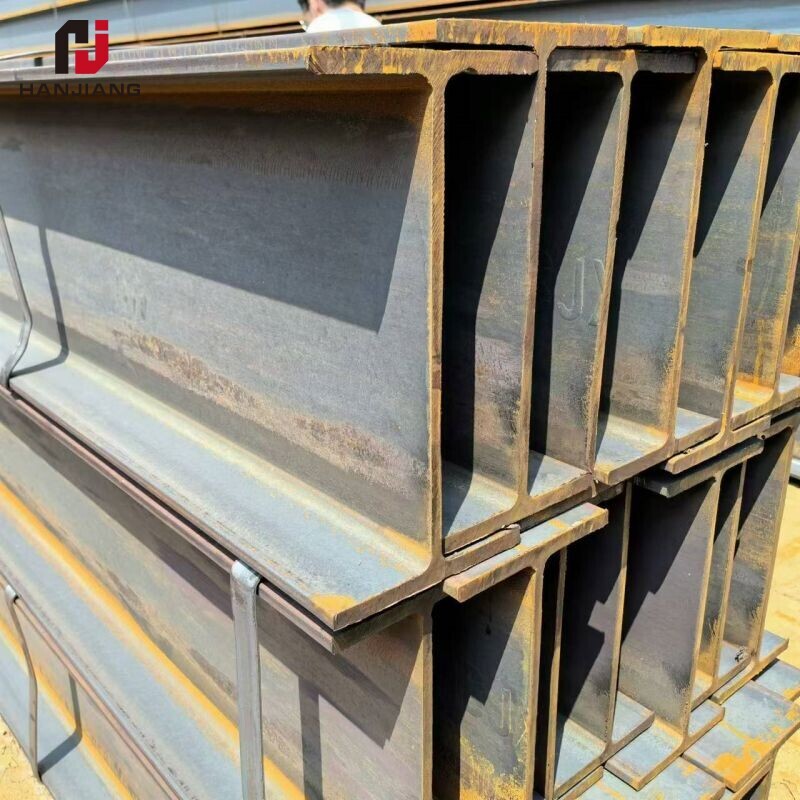NEWS

An "H-beam" is a structural steel beam shaped like the letter "H", which is used in construction due to its high strength and load-bearing capacity, often referred to as a "wide flange beam" as well; it features wide flanges that are roughly equal in width to the depth of the beam, providing excellent support for heavy loads in buildings and structures.
A "wide flange beam" also known as W beam, is a type of structural steel beam with wide, flat flanges that are positioned perpendicular to the web, giving it an H-shaped cross-section, and allowing for efficient distribution of heavy loads across a larger surface area; often used in construction for bridges, buildings, and other structures due to its superior strength-to-weight ratio compared to other beams like I-beams.
While often used interchangeably, an "H-beam" and a "wide flange beam" essentially refer to the same structural steel member with an H-shaped cross-section, but "wide flange beam" is the more precise term as it emphasizes the wider flanges that distinguish this beam type from other similar sections; essentially, a "wide flange beam" is a specific type of H-beam with particularly broad flanges.
Terminology:
"H-beam" describes the overall H-shaped profile, while "wide flange beam" focuses on the characteristic wide flanges of the beam.
Flange width:
The primary distinction is that a "wide flange beam" has significantly wider flanges compared to the web, whereas an H-beam may have flanges closer in width to the web.
Application:
Both beams are used in construction for heavy load bearing, but "wide flange beams" are often preferred for situations where bending resistance is crucial due to their wider flanges.


